Fall Planting

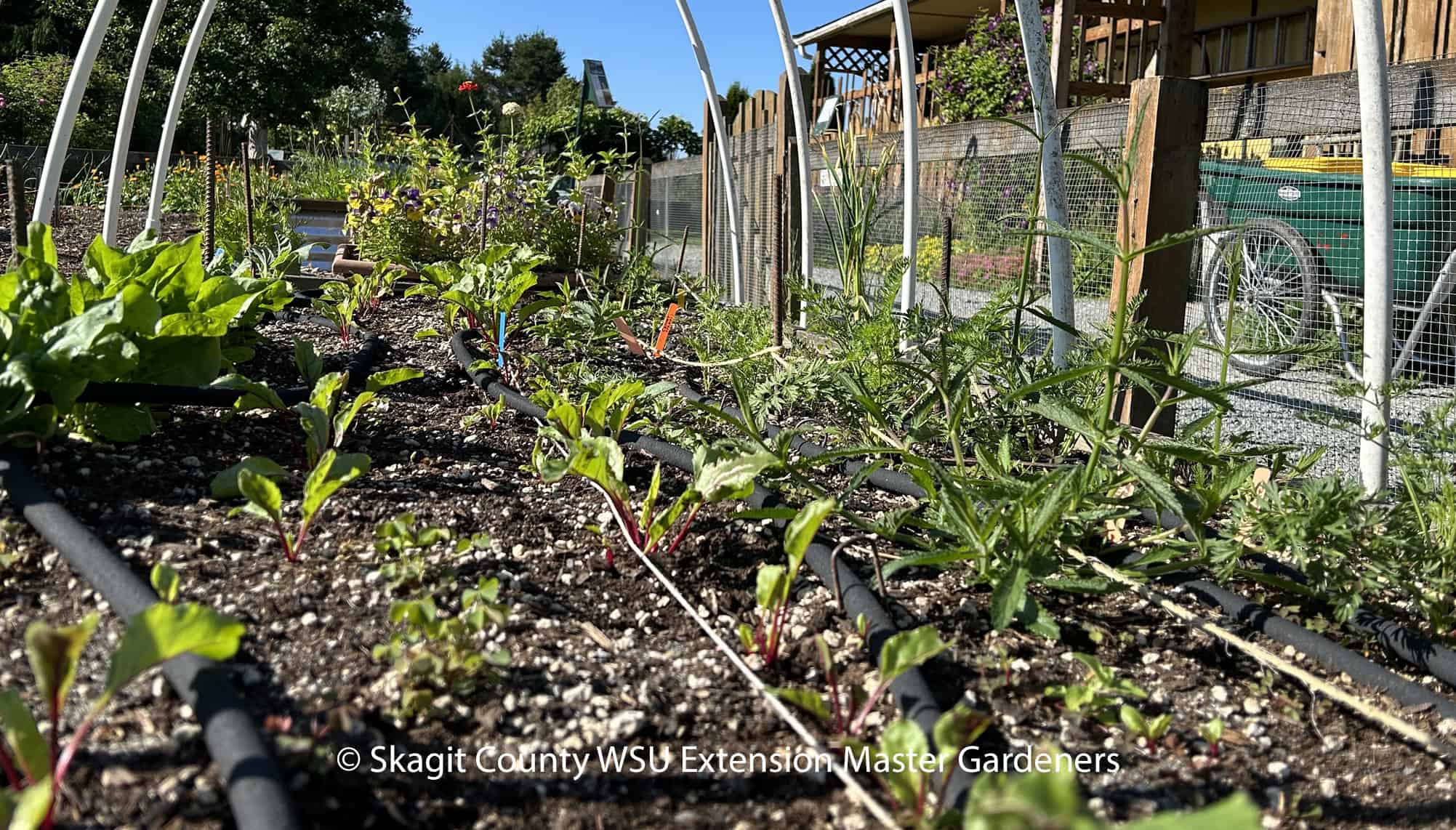
Keep the Fresh Produce Coming!
With a little effort now, it is possible to bring fresh vegetables to the table until October, November, and beyond.
By: Valerie Rose and Ginny Bode, Skagit County WSU Extension Master Gardeners
It can feel heartbreaking to bring in the last head of lettuce, knowing that soon you’ll need to make the transition to store-bought vegetables. But wait, more and more savvy gardeners extend the growing season by planting cool-season vegetables in the warm summer months of July and August. It may seem counter-intuitive until you try it and experience the bounty of harvesting late into the fall.
Selecting the Right Varieties is Key
Planting a fall/winter garden requires seeds and plants proven to grow well in summer heat, then ripen as the daylight shortens and the temperature drops. By planting from July to August, your fall harvest can include leafy greens, cabbage, broccoli, and Brussels sprouts, along with carrots, beets, and other root vegetables. A light frost even brings out the best flavor in collard greens and parsnips! Now is the time to plant, selecting a location with the maximum amount of sunlight as fall moves toward winter.
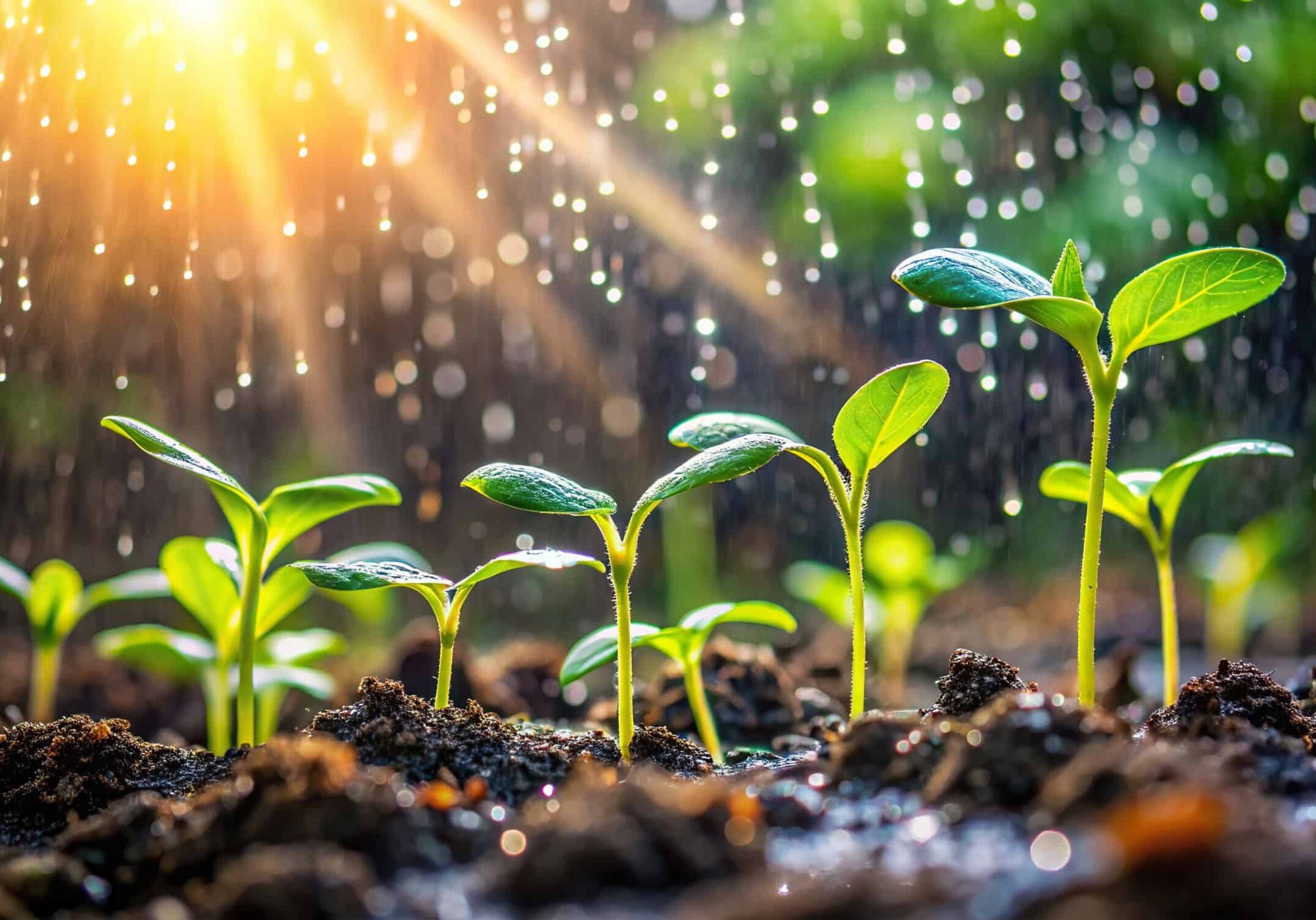
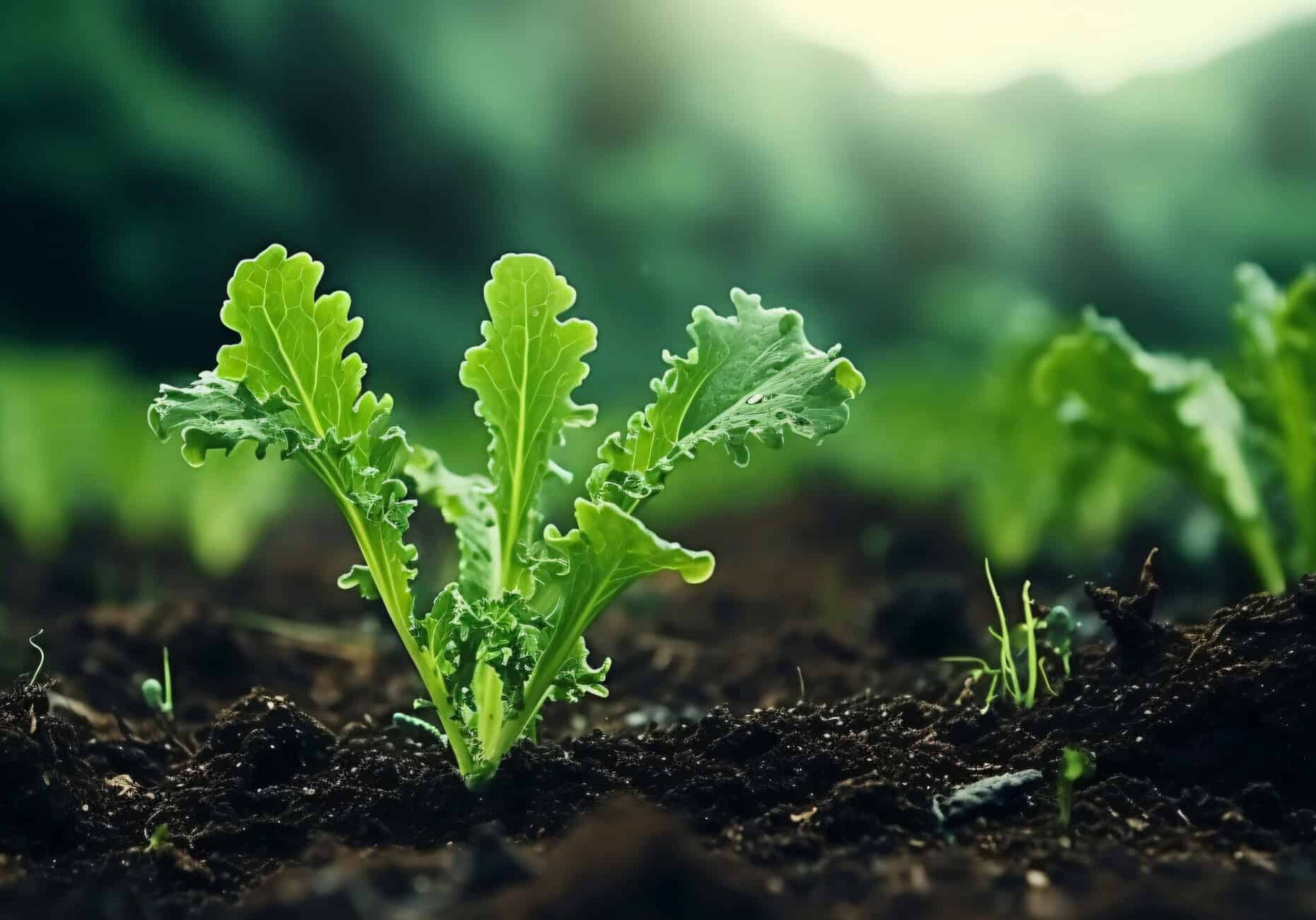
Plan to plant from July to early August. The chart below can be used as a guide along with the information on the back of the seed packet.
| Veggie | Plant time | Harvest | Note: |
| Bush Beans | Until late July | Before frost | |
| Pole Beans | Early July | Before frost | |
| Beets | Before August | Fall and winter | |
| Beet Greens Only | Thru Sept 1 | Fall crop | |
| Broccoli | Direct seed until mid-July, transplant until mid-August | Fall and winter | Will usually continue producing past Thanksgiving, sometimes until Christmas |
| Brussels Sprouts |
Direct seed by July 1, transplant by August 1 |
Fall | In protected spots harvest can continue into mid-winter |
| Ballhead Cabbage | Direct seed by July 1, transplant by August 1 | Fall | Cabbage will hold in the garden for long periods and can be harvested until early winter |
| Bok Choy (Chinese Mustard) | Seed by mid-August | Fall | |
| Chinese Cabbage | Late July | Fall | Cabbage will hold in the garden for long periods and can be harvested until early winter |
| Savoy Cabbage | Direct seed until mid-July, transplant until mid-August | Fall | Cabbage will hold in the garden for long periods and can be harvested until early winter |
| Carrots | Mid-July | Fall and winter | |
| Cauliflower | Direct seed by July 1, transplant by August 1 | Fall | |
| Chicory: Witloof or French endive | Mid-July | Fall | Roots can be dug in late fall, placed in a box of moist soil, covered with sand and forced in a warm room for winter greens. |
| Cornsalad, (lamb’s lettuce or fetticus) | September for fall use or late October to winter over for early spring use. | ||
| Endive: curled or broadleaf types | Until mid-July | Fall | In October tie leaves together to blanch hearts. A light mulch of straw will protect it from early frosts and permit harvest into winter. |
| Garlic | Late fall | Early summer harvest | |
| Kale | Seeded by July, transplant until mid-August | Fall | |
| Kohlrabi: white and purple | Seed until mid-July | Fall | Harvest when stems are 1-1/2″ to 2″ in diameter, before the stems become woody. |
| Lettuce: Head and Romaine | July | Fall | |
| Lettuce: Leaf | Mid-August | Fall | |
| Mustard Greens | By mid-September | Fall | See Bok Choy |
| Onions: green or table use | Seed until mid-July | Fall | Seedlings made in August will normally winter over for spring use. Onion sets can be planted anytime during the fall and winter if the soil is well drained and workable. |
| Parsley | Seeded early July | Fall or spring use | |
| Radishes: Early varieties | Until mid-September | Fall | Winter radishes (oriental types and Black Spanish) should be planted in July and harvested all winter |
| Rutabaga | Plant in early through mid-July | Fall and winter | Leave them in the garden and harvest as you need all winter |
| Spinach | By mid-August | Fall | Plant in September to winter over for an early spring crop. |
| Swiss Chard | By mid-July | Fall | Planted in late August the plants will winter over and produce an earlier crop the following year than spring planting. |
| Turnips | By mid-August | For greens, plant through September |
Retrieved from: https://extension.wsu.edu/snohomish/fall-and-winter-vegetable-gardens-for-western-washington/
Look for seed catalogs that focus specifically on fall/winter gardening in west coast or northern climates. They feature helpful charts with planting dates. They also include a reminder that gardeners must plant earlier if they’re growing in a colder zone than the seed company’s locations. It is also an option to leave this step to a commercial grower and buy plant starts from a nursery or garden store. Read the label carefully to ensure you're getting a late-season variety.
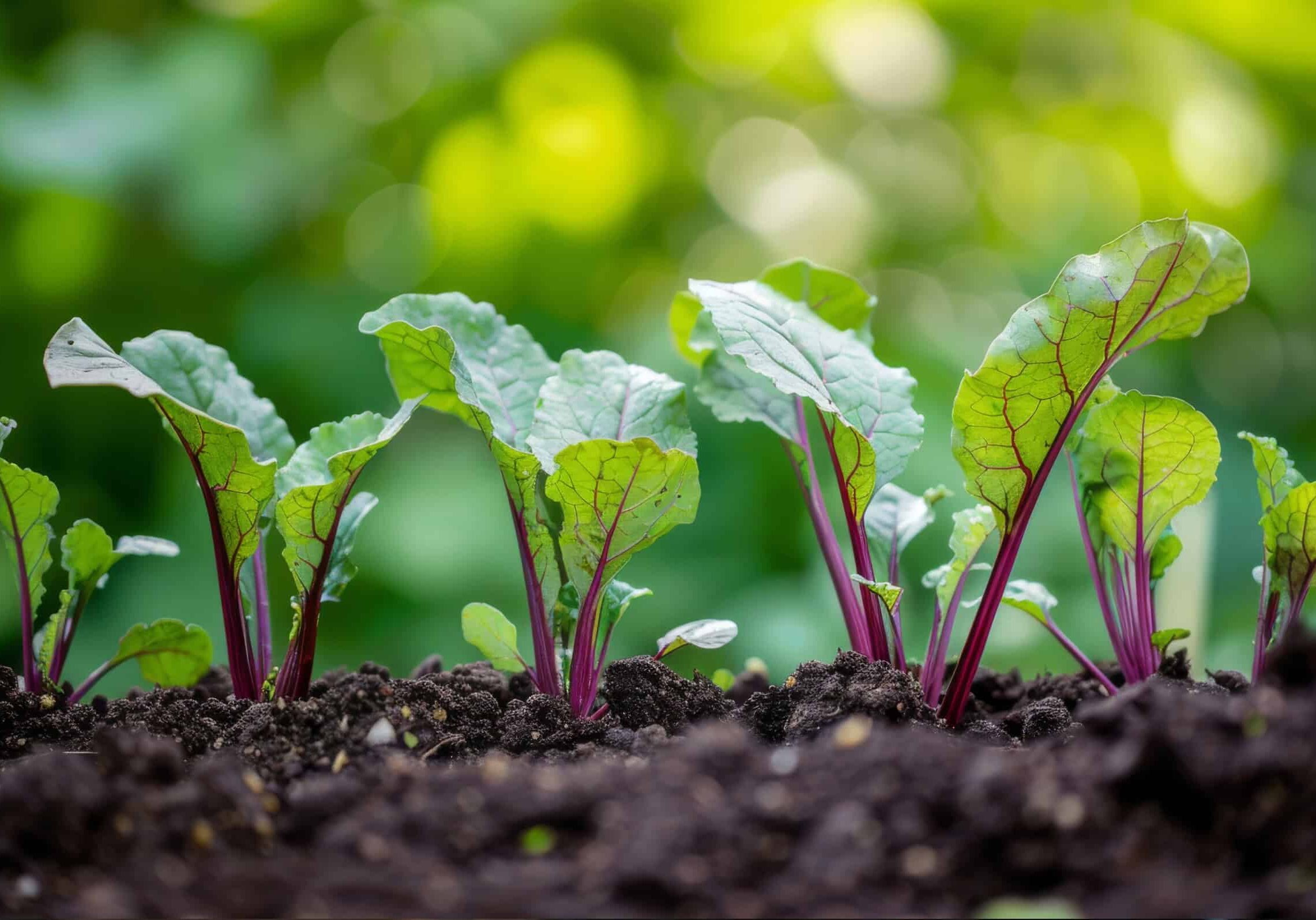
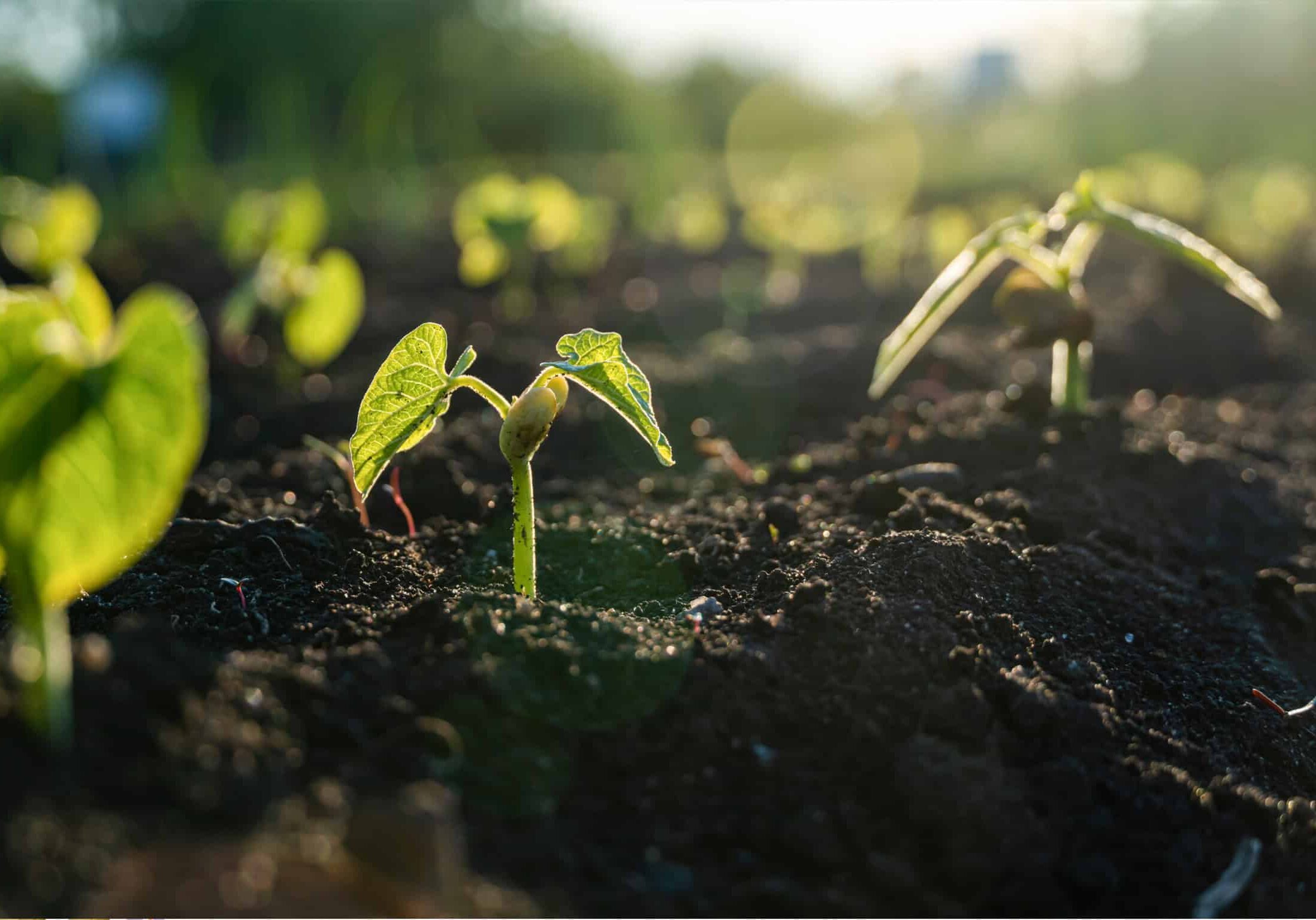
If you have a greenhouse, you can learn from writer and educator Eliot Coleman. He farms year-round in coastal Maine, harvesting fresh produce from snow-covered, unheated greenhouses. In his classic guide, ‘The Winter Harvest Handbook,’ Coleman coaches novice and experienced gardeners in extending the growing season. Another resource, Winter Gardening in Maritime Northwest: Cool Season Crops for the Year-Round Gardener, by Binda Colebrook, is especially suited for our region.
Preparing a Space: Look for the Sunny Side
Make a sun and shade map of your yard or patio. Yes, your container garden can also grow cool-season vegetables if it gets enough sun. Your fall/winter garden needs to be in a spot where the low-lying sun will still find its way into your yard, as it arcs low across the southern sky. Remember, your garden will gain more sun as the deciduous trees conveniently drop their leaves, blocking much less light. Note which buildings and fences on the southern edge of your yard will cast longer shadows as the days get shorter, causing deep shade for months.
Raised beds will keep your garden from drowning in rains that accompany the season change. A bed made of boards or cement blocks also provides an easy place to secure hoops for supporting row covers. Read more about the multiple options to extend the growing season in this Ask a Master Gardener blog article on season extenders: https://skagitmg.org/season-extenders/
Getting Started: When to Start Indoors, When to Seed Outdoors
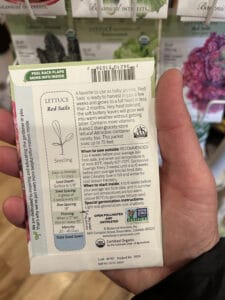 You can either sow seeds directly into the garden or start the seeds indoors to grow sturdy young plants that can later be transplanted. The back of the seed packet may tell you this, or check out the WSU Extension home vegetable planting guide. The seeds for root crops, such as carrots and beets, are best sown directly in the soil to avoid damaging the roots when transplanting.
You can either sow seeds directly into the garden or start the seeds indoors to grow sturdy young plants that can later be transplanted. The back of the seed packet may tell you this, or check out the WSU Extension home vegetable planting guide. The seeds for root crops, such as carrots and beets, are best sown directly in the soil to avoid damaging the roots when transplanting.
Some gardeners prefer to start seeds indoors where they can monitor the soil and protect the seedlings from pests. If you do start seeds indoors, aim to do so 3-8 weeks before planting them in the garden. The exact timing will vary for each vegetable, depending on how long it takes to grow from seed to a transplant-sized seedling. For example, broccoli and cabbage typically take about 5-6 weeks from seed to transplanting. So, it would be best to start broccoli seeds around the beginning of August to have seedlings ready for transplanting by mid-September.
To provide warmth and light for indoor seeds, you can use a sunny window, an electric light with a germination heating mat, or a plastic or glass-covered hot box. It’s essential to plant into a seedling mix, not simply potting soil. After germination, increase lighting to prevent tall, spindly plants. See the Skagit Master Gardener blog article about starting seeds indoors here: https://skagitmg.org/indoor-grow-stand/
When moving young plants from indoors to the garden, it’s crucial to gradually harden them off by exposing them to the outdoor environment. Not doing so could cause sunburn and stress for the plants. To harden off the plants, place them in a location outdoors that receives 2-3 hours of sunlight for the first couple of days and bring them inside at night. Gradually increase the time in the sunlight and wind conditions for a week before transplanting into the garden.
Whether direct planting or transplanting seedlings, prepare the garden soil by adding compost and organic matter to improve its texture and fertility. Be prepared to water daily, during the driest time of the year. You can water by hand, or set up a drip irrigation system to consistently water through the hot days of summer. See the Skagit Master Gardener blog article on drip system: https://skagitmg.org/diy-drip-irrigation/
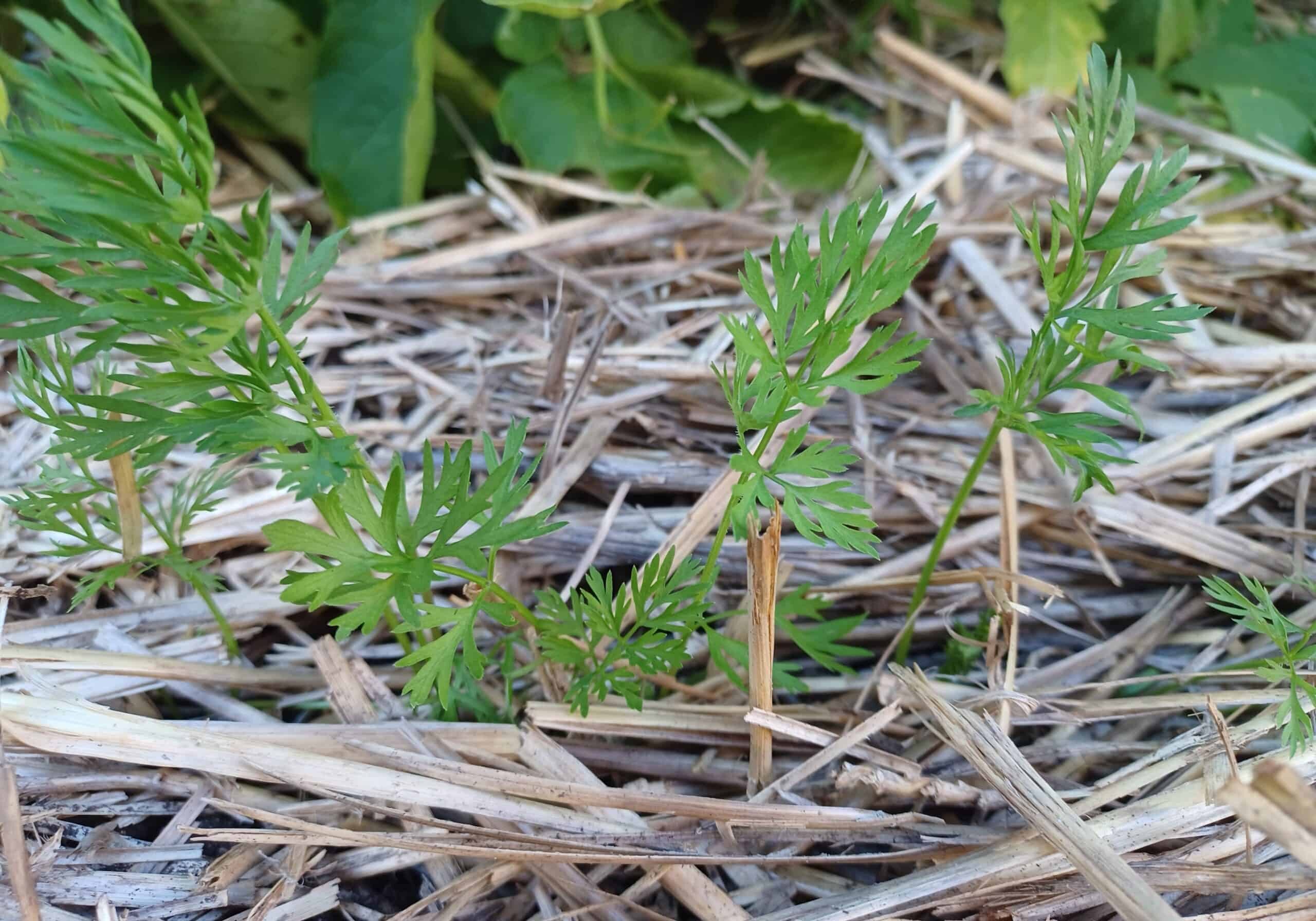
Be sure to mulch between seedlings and rows. Straw or other mulch will retain soil moisture at the plant roots, which is crucial during the warm days at the end of August and in early September. Mulch will also suppress weed growth. Keep in mind that plants grow slowly in the diminished sunlight starting late October. Therefore, some gardeners can grow their plants to harvest stage beginning in late November. Then the cool air and soil can “store” the mature cool weather crops until you harvest.
The successful gardener will be rewarded by protecting young plants from pests and providing them with some shade if the weather gets too hot. It is important to regularly monitor the growth of the plants, provide adequate support if needed, and address any signs of disease or nutrient deficiencies.
Take time at the height of summer to plant a fall/winter garden. The fresh, delicious harvest will brighten your autumn and winter meals.
REFERENCES AND RESOURCES:
Coleman, E., Winter Garden Handbook. (2009) Chelsea Green Publishing, White River Junction, Vermont.
Colebrook, B. Winter Gardening in Maritime Northwest: Cool Season Crops for the Year-Round Gardener. (2012) New Society Publishers, Gabriola Island, BC, Canada, V0R 1X0.
Sideham, B. Growing Vegetables in Containers. (2018) University of New Hampshire Extension. Durham, New Hampshire. Retrieved from: University of New Hampshire Extension
Enroth, C. Starting a Garden: Cool Season Vegetables and My Top 5 Cool Season Crops. University of Illinois Extension (March 26, 2020). Retrieved from: University of Illinois Extension
Koziol, N. Extending the Harvest: Get Ready to Sow Cool-Season Crops. Retrieved from: Chicago Botanic Gardens
Allen, D. Late Summer or Early Fall is the Time to Plan and Plant. Retrieved from: University of California Northridge
Miles, C., Sterrett, G., Hesnault, L., Benedict, C., Daniels, C. Home Vegetable Gardening in Washington. (2013) Washington State University. Pub. #EM057E. Retrieved from: Washington State University
Andrews, N., Stoven, H., Noordijk, H., Selman, L., Streit, K., Edmunds, B., Bell, N. and Binning, V. Fall and Winter Vegetable Gardening in the Pacific NW. (May 2022) Oregon State University. Retrieved from: Oregon State Extension

Valerie Rose and Ginny Bode
ABOUT THE AUTHORS:
Valerie Rose has been a Skagit County WSU Extension Master Gardener since 2009 and is a veteran at growing fall and winter vegetables. Ginny Bode, MG Class of 2022, is a novice at planting a fall garden and is ready to get started planting.

Mark your calendar for these upcoming master gardener events:
Skagit County Fair
Thursday ~ Sunday, August 8-11, 2024
Skagit County Fairgrounds
Building D
(map)
Visit our booth, see our displays, and talk with master gardeners about how to make your garden beautiful and productive.
Know & Grow Lecture Series
Season Extenders
Presented by Hallie Kintner
Tuesday, August 20, 2024 ~ 1 p.m.
Free Admission
NWREC Sakuma Auditorium
16650 State Route 536, Mount Vernon
A Second Act for Your Square 1-Gallon Pots at the Discovery Garden!
Bring your leftover square 1-gallon pots to the Discovery Garden (16650 State Route 536, Mount Vernon). The bin for recycling the square 1-gal pots is located in the parking lot, just north (to the right) of the main entrance.
We only need square 1-gallon pots like the ones pictured below (bottom right). The recycling bin will be available now through fall. Simply put your pots into the bin, and we take care of the rest!

Well done! I just sowed some more lettuce. Sequencing is my new goal for next years garden.